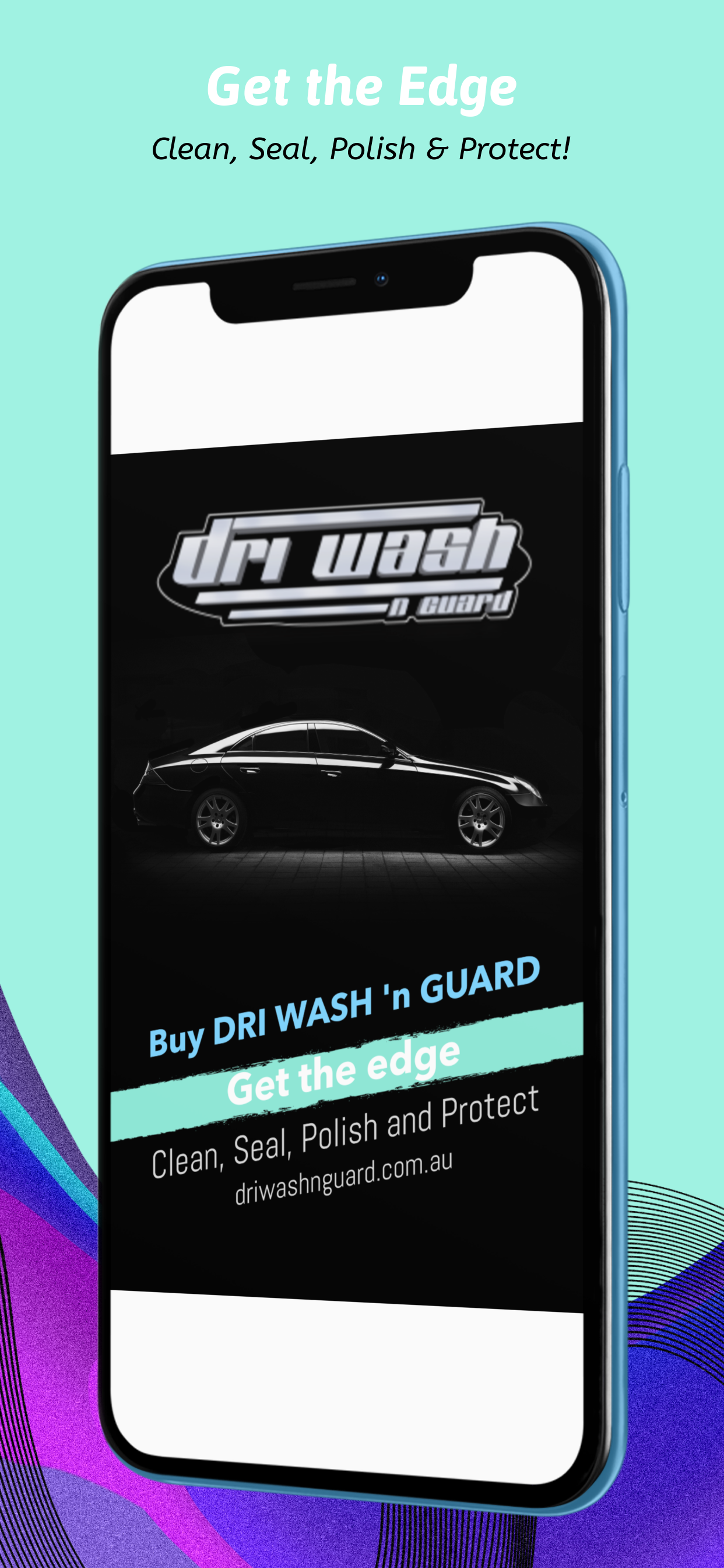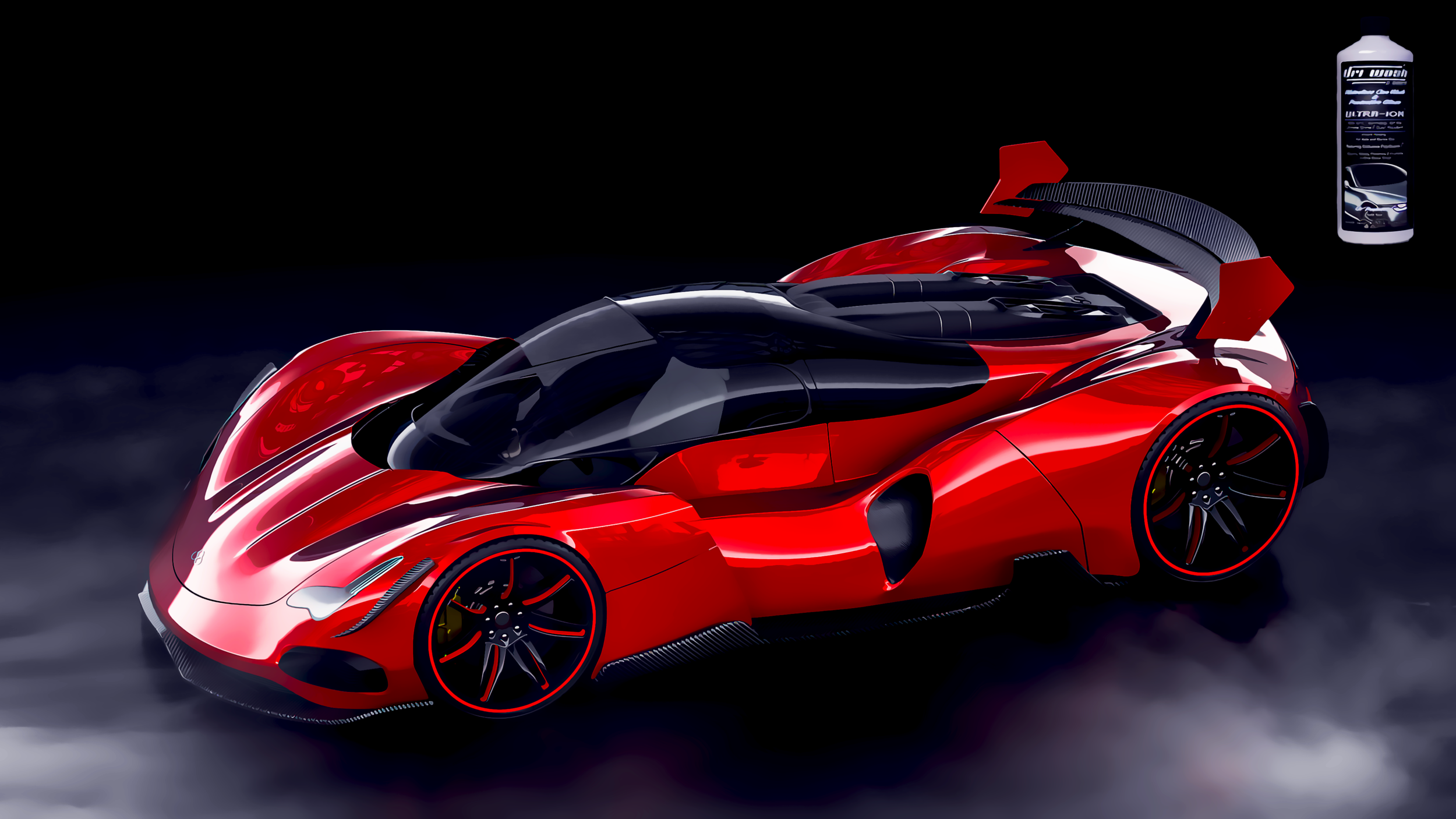
How Dri Wash 'n Guard®
Works
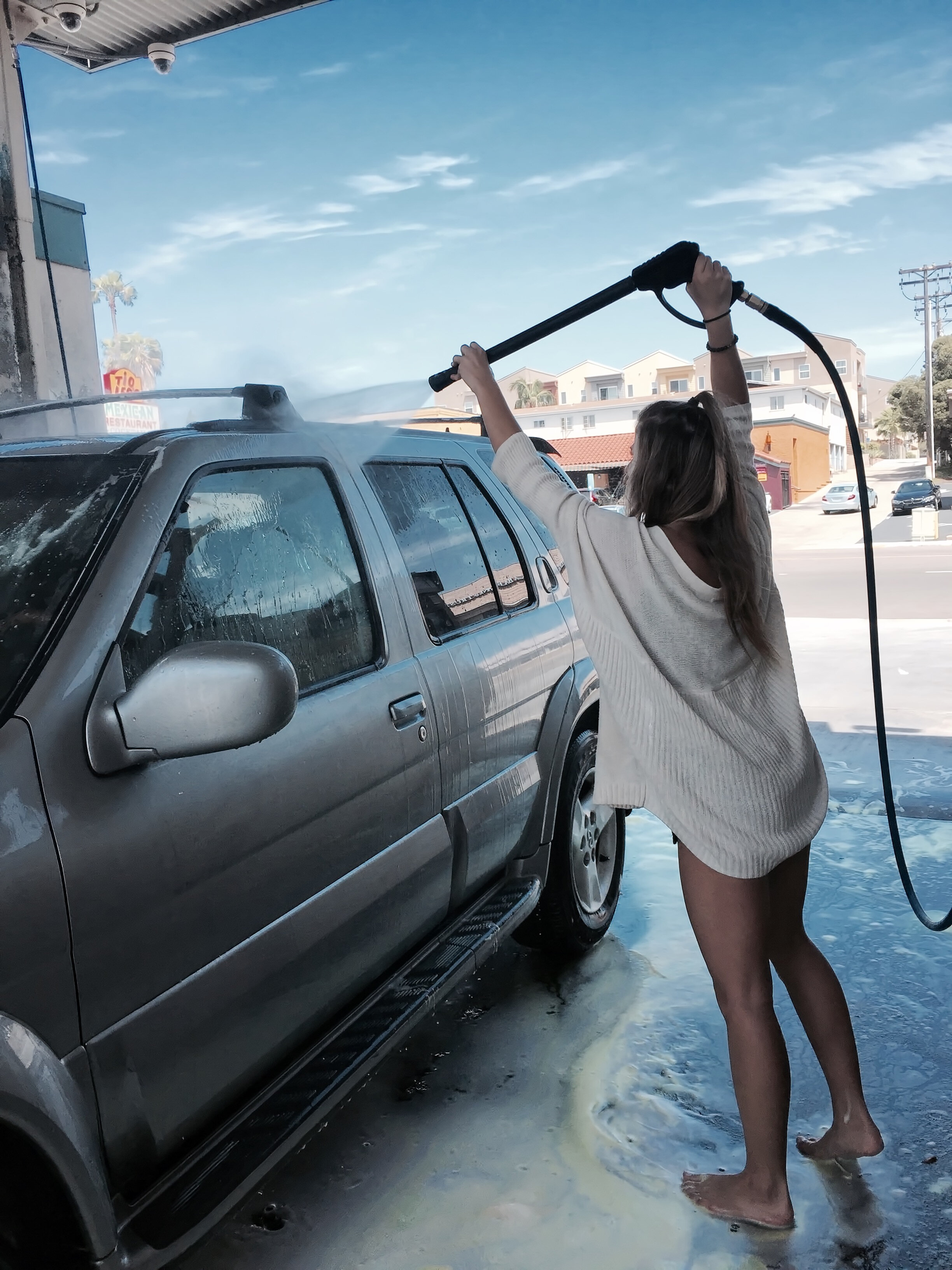
Why Dri Wash 'n Guard® Waterless Carwash™ Surpasses Conventional Car Wash & Wax.
DRI WASH 'n GUARD® is the pioneer in waterless and water-saving technologies, the only company that manufactures and distributes the world famous waterless car wash product, DRI WASH 'n GUARD® Ultra-ION™ Waterless Carwash™. We offer a complete line of auto and home products that take advantage of the latest scientific breakthroughs.
DRI WASH 'n GUARD® Waterless Carwash™ cleans, polishes, and protects your car, truck, motor home, boat, aeroplane, motorcycle, or other vehicle, without using water. Easy to use; simply spray, wipe on, buff gently with a clean towel, and your car is clean, polished and protected, with an incredible shine...without using water, soap, old style car wax, and
Watch this video demonstrating how easy it is to use Ultra-ION™ Waterless Carwash™.
(You Won’t believe your eyes!!!)
DRI WASH 'n GUARD® contains 47 secret ingredients, including wetting agents, lubricants and protectants which have never been used in the car care industry.
The detergents and wetting agents in Waterless combine to soften and emulsify surface grime, while a specific blend of polymeroxane fluids and hydrophenolic lubricants attach a microscopic layer of exclusive PolyGuard-3® to the surface. PolyGuard-3® is an extremely rare (and expensive) substance which provides a bonded layer of protection against any remaining abrasive not broken down by the detergents and wetting agents.
SHOP NOW
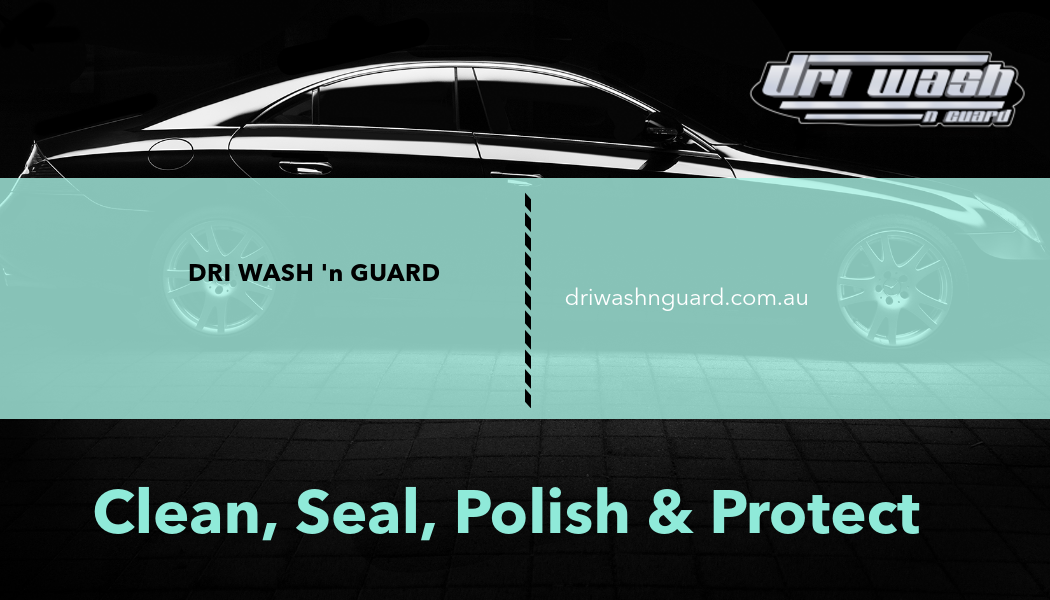
How come DRI wash stops the dirt from scratching the paint and glass?
The Jelly Bean effect
DRI WASH 'n GUARD® Waterless Carwash is a combination carwash, polish, and protective glaze which can be applied directly to any dirty surface on a car without the use of water. It contains no waxes, Silicone or Teflon, nor is it simply a polish.
DRI WASH 'n GUARD® is a non-abrasive formula, combining a complex range of ingredients that work together to soften even the smallest dirt particles on contact and cocoon them in a microscopic 'jelly bean'.
As the 'jelly bean' containing the dirt is wiped away, it leaves a long lasting 'deep' sheen and enhanced paint protection, which includes a UV sunscreen.
Not only is it great on your vehicle, you should see the amazing results on your mirrors, bench tops, windows, shower screens, wall tiles, gold, silver and every non porous surface in your home!
SHOP NOW
Illustration of how DRI wash works.
DRI WASH 'n GUARD® Ultra-Ion cleans, seals, polishes and protects virtually any non-porous surface without using a single drop of water.
Directions - Be sure to shake the bottle thoroughly. Pour into the applicator bottle and pump the bottle for the highest pressure to create a fine mist. Thanks to polyguard 3 exclusive formulas you just spray DRI WASH 'n GUARD® directly onto the dirty surface; wipe to the haze disappears then buff with clean DWG microfiber buffing towel. *You can do this process even in direct sunlight.
DRI WASH 'n GUARD® contains no silicons, teflons, waxes and other ingredients that can be harmful to your vehicle's paint.
Beautiful, easy and U.V protected for up to six months.
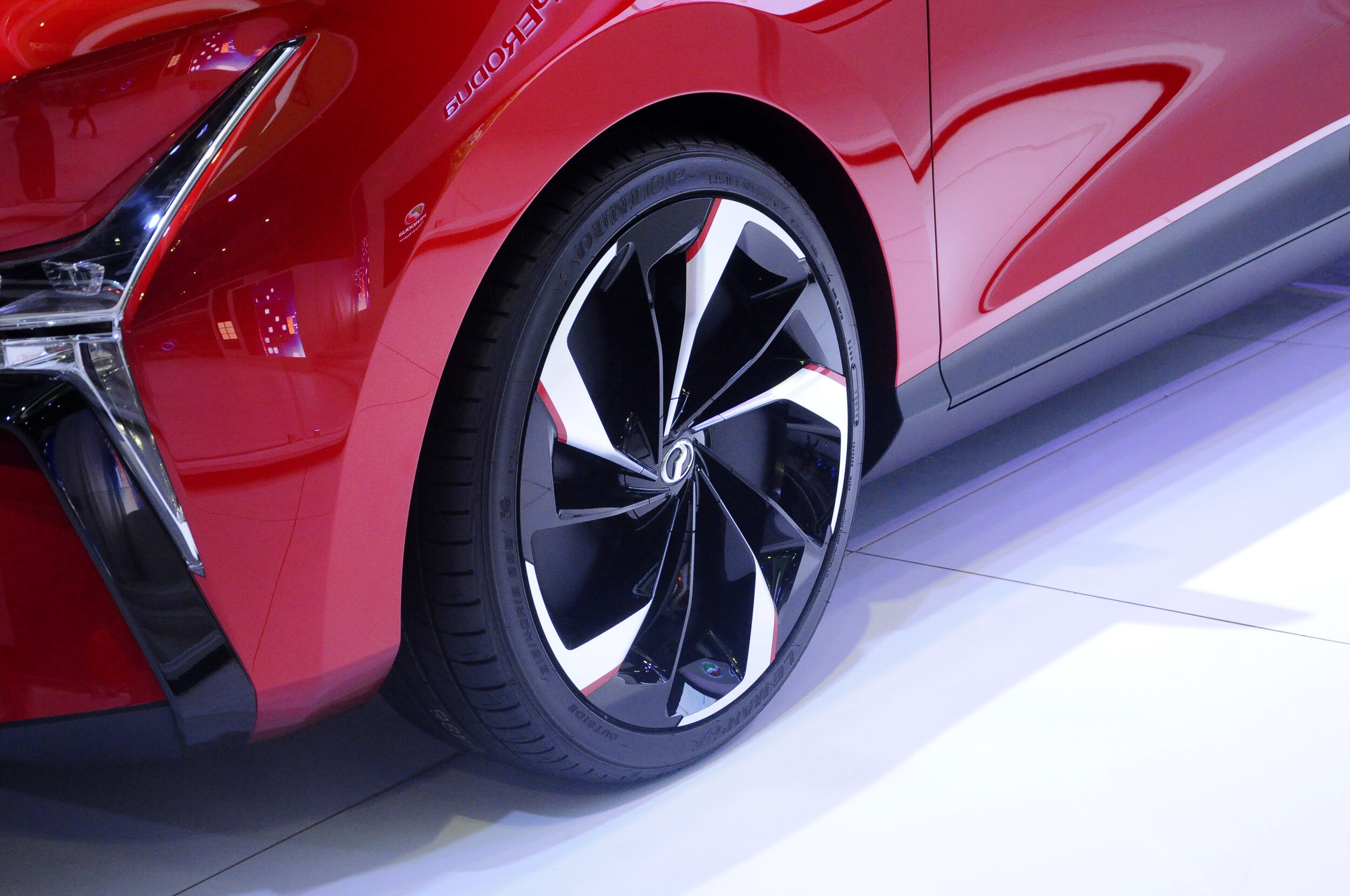
Layers.
Layers of dirt and layers of paint. After your car gets dirty as the dirt often over time gets embedded in the paint.
Spray…Squirt the Dirt
.
Spray a fine mist of Dri Wash 'n Guard® Waterless Carwash™ & Protective Glaze on to any non-porous surface.
SHOP NOW
Wipe IN…
Wipe surface with a clean soft terry cloth towel until haze is developed, dirt is encapsulated by Dri Wash 'n Guard® and is lifted from the surface by the towel.
SHOP NOW
Wipe out…
Wipe and buff surface with the DWG® Buffing Towel to leave a high gloss finish and protective layer with no scratching.
SHOP NOW
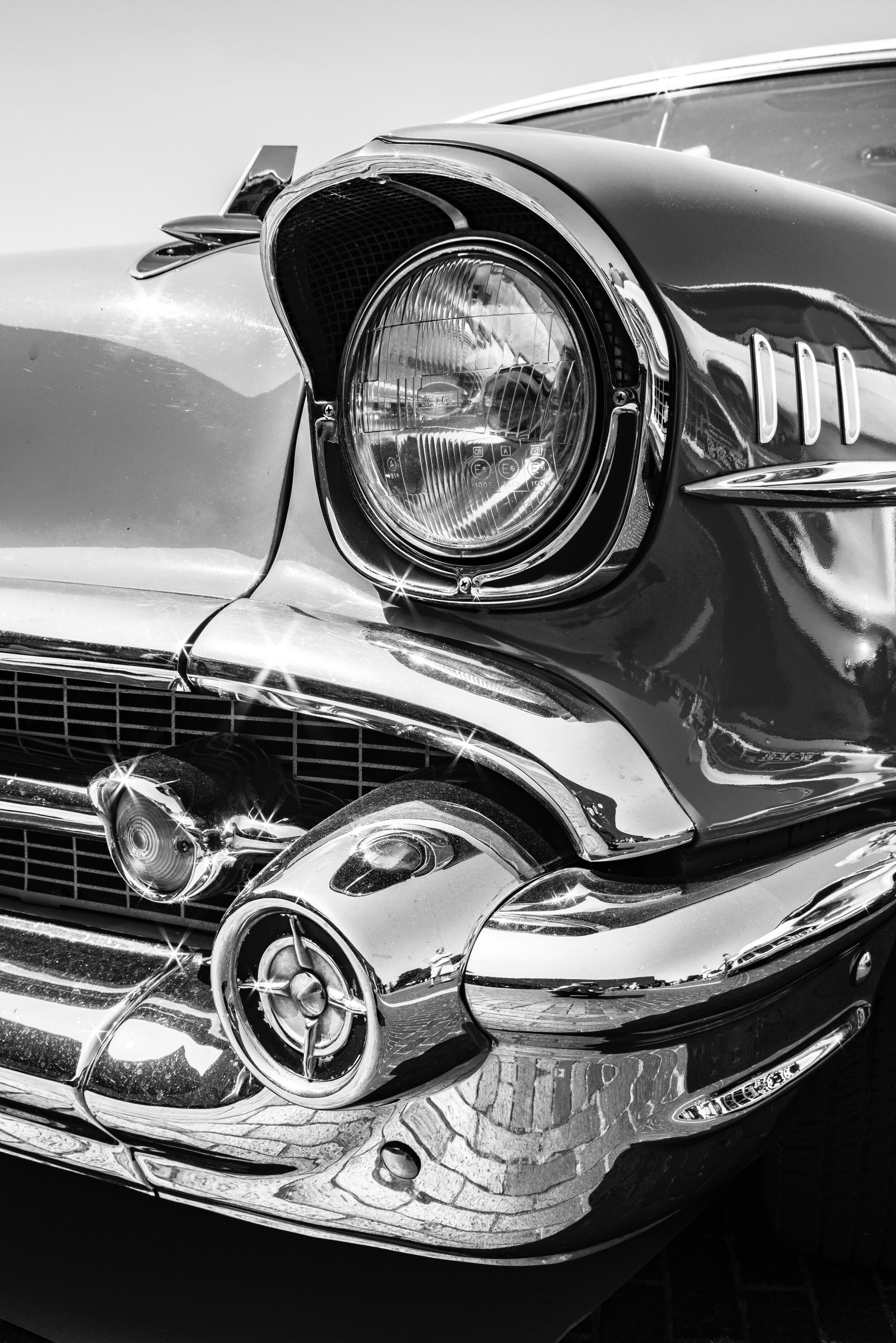
Watch “Squirt the Dirt” Real Time - demo.
DRI WASH 'n GUARD® Waterless Carwash™ is a High Quality Polymer car detailing, AND finishing product. It contains 47 ingredients, with the active ingredient named PolyGuard-3™, which contains extensive cross-linked polymers. Due to the high number of cross-linked polymers, it acts like an extremely effective automobile wax. The product contains a complex mixture of cleaning elements along with the polymer ingredients. With proper application, which is an easy process, the product lifts dirt from the vehicle by emulsification and literally surrounds dirt molecules as it lifts them from the paint/glass or other hard non-porous surface. At the same time, the application process initiates the cross chain polymer linking process that results in an extremely shiny, highly protective glaze finish. All this happens very rapidly due to the balance of ingredients within the product itself. The application process does not involve high pressure or extensive rubbing. The application process also does not require "soaking" (using a high volume of product). Read the following section to compare DRI WASH 'n GUARD® Waterless Carwash™ to conventional car wax.
SHOP NOW
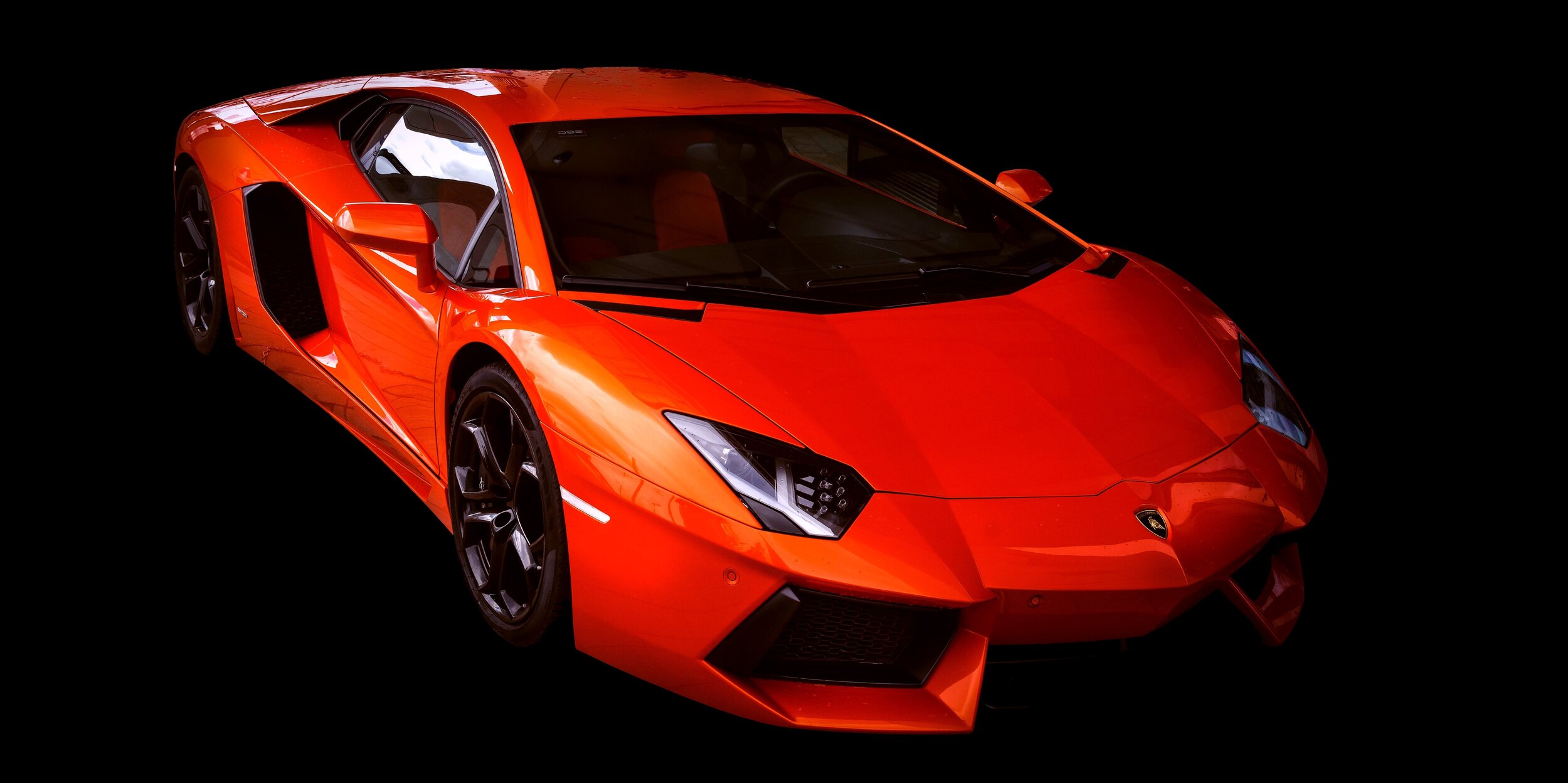
DRI WASH 'n GUARD® Waterless Carwash™ VS Traditional Car wash and Wax
DWG - Cleans, Removes paint contaminants, Seals, Polishes and Protects in One Step.
Traditional Car Detailing Steps Flowchart.
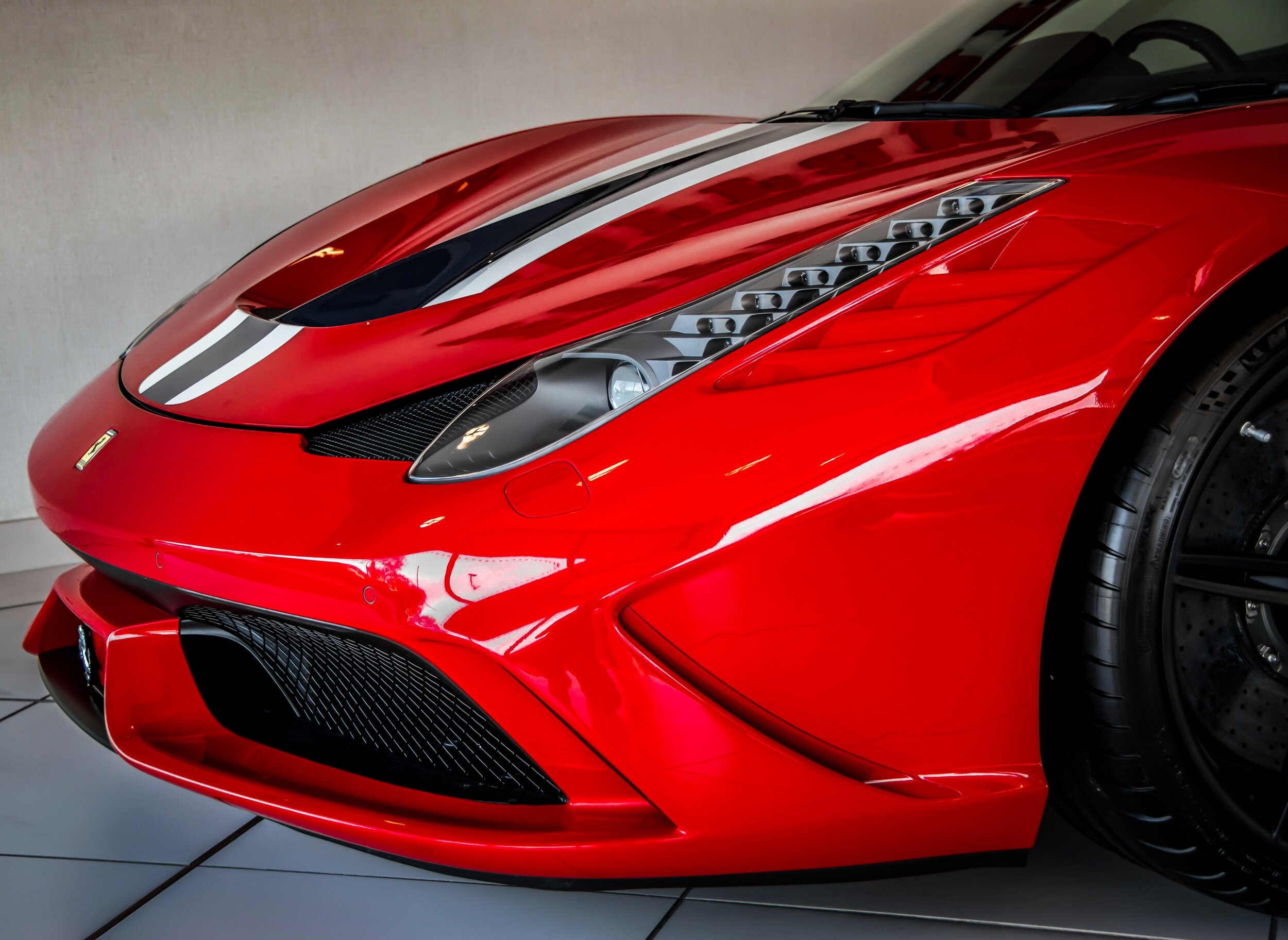
Traditional Way of Detailing Tyres & Wheels.
DEGREASE, decontainant & Scrub Wheels and Tyres.
Soak tyres and wheel with soap and decontainant sprays. Scrub wheels using soft brush and sponge
Rinse Wheels and Tyres
Rinse thoroughly the soap residue and containments from the tyres and wheels then allow extra time to sit and dry or dry manually with a chamois or microfibre towel.
Polish Wheels frames.
Adter wheels and tyresa re both dry the polish the wheels using a metal type polish for chrome, mag or aluminium wheels and non-metal polish for other surfaces.
Apply Tyre TREATMENT.
Using a soft sponge, spray the tyre treatment into the sponge and massage into the tyres then wipe off excess.
Traditional VEHICLE (Body Paint and Windows) Steps
Step 1: Wash Car.
Proper Car Wash with Two Bucket Method
Step 1: Wash - Every detail starts with the wash. Following the 6 step Detailing Flowchart, detailers begin by first washing the client’s car. Using traditional car wash products try to safely remove all the loose dirt and debris without installing any new scratches and swirls. Make sure you removes all previous glazes, sealants and wax for a natural bare surface to prepare it for new coatings. Once the vehicle is dry it was ready for the next step of the detailing process.
Step 2: Detailing Clay
Step 2: What is a Clay Bar and How To Clay
Step 2: Clay - Using the Clay Bar along with a lubricant the detailer able to remove all the embedded pollutants that can't be removed during a normal car wash. Running your hand against a contaminated surface feels gritty and rough which is when a clay bar is necessary. At first the clay bar will drag and sound rough but as you pass the lubricated clay bar over the surface it will pull out the pollution and begin to glide and the surface will become smooth.
Step 3: CAR COMPOUNDing / Polishing
Step 3: How to Polish out Swirls and Scratches
Step 3: Polish - After washing the vehicle to remove all the loose dirt and debris it will need of a clay bar treatment service. Clay removes the embedded contaminants that make paintwork look dull and feel rough. Now that the paintwork is completely clean thoroughly inspect the finish. Using light reflection we are able to see that the surface has minor swirls and scratches that can be corrected with a machine polish. Pad to thoroughly work the polish of choice into the paintwork to carefully diminished the scratches and swirls in the painted and carbon fiber surfaces. After all the polishing steps it is necessary to coat the exposed pored of the paint with a glaze followed by other coatings.
Step 4: CAr Glaze.
Step 4: What is a Glaze and How To Apply Glaze
Step 4: Glaze - Using a good glaze product enhances shine all the while filling minor scratches and swirls for an over all slick finish while adding gloss as well as depth making the metallic in this pearl white paint job pop like a diamond. White Light can be applied by hand or machine. A good glaze fills minor imperfections to give white and light coloured vehicles an extra slick finish.
Step 5: Apply Sealant.
Step 5: What is a Sealant and How To Protect Car
Step 5: Apply Sealant = After the application of glaze we needed to add a layer of protection. Using a good sealant provides weeks of durable protection against UV rays, harsh elements, water spots and contamination. Machine application maximizes efficiency by spreading the thinnest and most even coat of any product across paintwork and other exterior surfaces. When using a dual action polisher, one standard bottle of your favourite sealant product can coat your vehicle for maximum protection. Once the sealant has bonded to the paintwork, the excess sealant needs to be buffed off. Using the Microfiber or terry cloth towel pick up all the product in the super plush pile (These towels have a high pile on both sides) of the towel and the laser cut edge reduces the chances of installing fresh scratches and swirls for ease of use on any vehicle for a scratch-free finish.
Step 6: Wax the Car. Last Step Product (LSP)
Step 6: What is a Wax and How To Apply Wax to a Car
Step 6: Wax - To finish up the full detail applied a good wax. Applying a coat of wax by hand with a microfiber applicator pad ensured all areas are covered for the ultimate shine and protection. After letting wax bond to the paintwork for fifteen minutes it was ready to be removed. For a scratch-free finish use microfibre or terry cloths towels. The plush pile traps any spent product without smearing or streaking and the edgeless design reduces the chance of installing any new swirls or scratches. traditional Wax is the simplest solution to waxing any car, truck, RV or motorcycle.
Traditional Glass (CLEANING WINDSCREEN & WINDOWS).
TIPS TO KEEP YOUR GLASS CRYSTAL CLEAR
A clean windscreen and windows is not only important to the overall look of your car, but is also essential for your safety. So make sure you keep yours crystal clear – and most importantly safe.
What you'll need
Ammonia-free glass cleaner
Glass cleaning cloths
Microfibre cloths
Glass scrub
Rain-X
Anti-fog
Tips and warnings
Avoid parking your car in the sun while cleaning your windscreens and windows, the cleaner can evaporate leaving an unpleasant residue or smudges.
If the window dries too quickly when applying the products and you haven’t achieved your desired finish, dampen the cloth a little and repeat the process.
Before you start
When you clean your car, the glass should be the last thing you do, so make sure you do all your washing, waxing and polishing beforehand.
To prepare for cleaning your windscreen and windows, park your car out of direct sunlight so that the glass is cool to touch. This ensures that the cleaning product won’t dry up too quickly and leave unwanted smudges.
Step 1 - Spray And Wipe The Outside Glass.
Spray the product directly onto the glass, and wipe with a double sided microfibre cloth. Keep turning the cloth to a dry portion to polish the glass. If you need to, use a new dry cloth to clean off the remaining moisture.
Step 2 - Repeat For The Inside Glass.
Now that the outside is clear, it is easier to see the marks on the inside of the glass. Repeat the process for the inside of the car to ensure a spotless finish.
WHAT ABOUT TRADITIONAL CAR WASHES & Traditional CAR CARE PRODUCTS?
Traditional Carwash DISADVANTAGES
Apart from the cost and environmental consideration of wasting up to 250 litres of water to wash an average family car, tests have shown that using a sponge, chamois leather and water (with or without an additive) is abrasive and causes feathering (fine scratches). This damage increases significantly if the water is dispensed under pressure. Most additives also leave a film residue on the vehicle surface. A surface is never completely smooth and studies of conventional waxes have shown that after hand or machine buffing 'wax plugs' remain in the tiny pits on the surface. These quickly attract dust and dirt particles causing a decline in the original sheen. Traditional waxes often contain silicone which after exposure to the environment can lead to acid rain spots (white discolouration) in addition to causing other problems.
SHOP NOW
Why Dri Wash 'n Guard® Waterless Carwash™ Surpasses Conventional Car Wax?
Conventional car wax, even the most expensive formula, does not provide adequate protection against the “Number One” enemy of your car's paint - Ultraviolet Radiation. DRI WASH 'n GUARD® Waterless Carwash™ was specifically designed to protect your car against dangerous UV rays. Conventional car wax can fade and become yellow, and this can happen rapidly. DRI WASH 'n GUARD® Waterless Carwash™ allows the true colour and sheen of automotive paint to shine through. DRI WASH 'n GUARD® Waterless Carwash™ does not cause discolouration, even after years of repeated applications. DRI WASH 'n GUARD® Waterless Carwash™ has been tested under the most severe weather conditions. It works in extreme heat and direct sunlight and can be applied in freezing temperature (although the manufacturer recommends moderate temperatures).
DRI WASH 'n GUARD® Waterless Carwash™ has an extremely long shelf life - many years. Old-style, conventional, older technology organic car wax, however, is very temperature sensitive and does not store well.
Most old-style car wax is never used... it just spoils in the can. Once opened, a can of older technology car wax has a very unpredictable shelf life. Older technology car wax, due to its active ingredient, is sticky, particularly in warm and hot temperatures. This temperature sensitivity causes dust and automobile emissions to adhere to this type of car wax, eventually damaging the painted surface. DRI WASH 'n GUARD® Waterless Carwash™ is very slippery, never sticky, and adds a clear coat shiny glaze that protects your car and repels dust and automobile emissions. Your vehicle will feel slippery and will stay cleaner longer. DWG International has completed investigative research for this information and have done years of field-testing with DRI WASH 'n GUARD® Waterless Carwash™. It has always performed as advertised, even in the most adverse conditions. DRI WASH 'n GUARD® Waterless Carwash™ is manufactured with quality ingredients and is a quality product; there is no hype, DRI WASH 'n GUARD® Waterless Carwash™ is simply the best.
SHOP NOW
What You Need to Know About Car Wax:
Car wax usually does contain a "wax", but not always. "Car wax" is a generic term that refers to a chemical compound or formula that is used to make a car appear shiny and to protect the paint. Today's modern formula car wax is referred to by the automobile detailing and paint industry as a "finish product." Finish products are the final step in the detailing process and designed to enhance the shine and depth of paint on the car's exterior. The purpose of the car wax is to make the paint smoother, remove or make imperfections less noticeable, and make the paint last longer.
Conventional car wax is composed of tiny liquid particles (called emulsion) of solvents, abrasives, and active ingredients held in a water solution by emulsifiers. Emulsifiers are chemicals that help hold other chemicals together. Wax is differentiated from other chemicals used on cars because it has less abrasive ingredients, called powders, and these abrasives are very fine (sometimes extremely fine) and are considered "soft" by the automotive paint and car detailing industry. The active ingredients of car wax are a combination of waxes, silicone fluids, and/or polymers. Note: not all car waxes contain all these ingredients. The combinations of the fine abrasives/powders and active ingredients give the wax a dimension of depth, the degree of "shine, and longevity or durability.
Car waxes bring out colour and shine in the painted surface and provide temporary protection from environmental damage to the finished surface. Protection comes from a surface provided by the wax that is intended to wear away slowly. Car wax provides protection from paint deterioration by maintaining a barrier to environmental fallout or Acid Rain, which is very corrosive to automotive paint. Wax is considered to be very resistant to acidic conditions. "Dirt" causes abrasion on the paint surface and scratches the paint. Dirt that appears on automobiles is made up of petroleum product residue from exhaust emissions and auto tyres, Acid Rain (which also contains emissions, plant materials from the air and roadways, and soil, and dirt. Oxygen has an oxidising effect on paint. By applying a layer of wax between the air and the paint, oxidation is reduced. Waxes are not intended to act as cleaning compounds; all "dirt" must first be removed from a vehicle for wax to be applied properly and for wax to work correctly. From an industry perspective, automobile wax increases what is known as the "mar and slip resistance" of the paint. This means the paint surface is more resistant to scratching plus water and dirt accumulation. Automotive wax is what causes water to "bead" on the paint surface. The better the wax protection, the smaller the water beads and the greater the reduction in the ability of water beads to adhere to the paint surface.
Waxes vary widely in their longevity due to a large number of variables. A car that is washed daily with automobile soap and water can lose all the wax protection in less than two weeks. The generally accepted industry standard of longevity is 2 to 6 months. Waxes are not intended to last long periods of time, rather they are designed to wear away before the paint wears. In practicality, it is easier and reapplying wax is less expensive than repainting the car. Despite the fact that car waxes are not generally considered environmentally friendly, they can significantly reduce the need for car repainting, a procedure that is very, very environmentally unfriendly.
Until recently, the active ingredients in automotive waxes were composed of organic materials.
A material is organic wax if it is:
Solid at room temperature
Melts at a fairly low point (known as the thermoplastic point)
Is not a polymer (more on polymers later). Automotive wax now includes the class of chemicals known as polymers, because they have been shown to possess all the criteria for car wax specifications
Wax specifications that are relevant to car wax are:
Hardness
Melting point
Water repellence
Resistance to environmental factors
Waxes that meet the specifications for good automobile wax are:
Carnauba (vegetable) wax
Bees (animal) wax
Mineral petroleum (paraffin and microcrystalline) wax
Mineral fossil (montane) waxes
Synthetic polymer (chained ethylenic polymers) wax
A good wax for cars is fairly hard, melts at a reasonable temperature (not far from boiling point of water), is a good water repellent, and will stick to the paint. Many of today's commercial car wax products are made of combinations of different types of waxes. Some copy-cat waterless car wash products try and hold a wax in solution with a wetting agent. This is a recipe for disaster as you will scratch the surface of your vehicle. You will not see the damage these products have done until the wax that has filled the scratches is removed. You will need an aggressive cut and buff polish to remove the damage these copycat products will cause.
SHOP NOW
Silicone Waxes:
Silicones are used in liquid polishes because they are more durable (last longer) than wax polishes. Silicones became available in a liquid form for polishing autos, planes and boats in the 1950's. Silicone polishes were easy to apply, had a significant depth of shine and were more durable and longer lasting than waxes. Silicone polishes had some advantages but they also demonstrated serious problems, particularly when a vehicle required painting. Molecules from silicone polish will undergo a process called "drifting" or "drift" causing the silicone to embed into the painted surfaces and penetrate into the pores of the paint. This silicone penetration into paint causes severe problem during repainting or touch up process. Whenever the paint is washed by water, it will literally cause the silicone to embed further into the paint. The silicone will continue to drift down through the paint and then into the vehicle's metal. Over time the silicone will continue to embed into the paint on a vehicle, thereby exposing the surface to the elements just like conventional car waxes, composed of Carnauba wax, when they melt (due to summer heat) or during a regular car wash.
Once silicones have permeated the paint, the primer and the metal, paint will not properly bond to the metal. The silicones make the new paint "foam" which causes minute pockets of air in the newly applied paint. This is called "entrapment." As the paint is curing and the solvents are flashing off, the tiny pockets of air will slowly work their way to the surface and create what is called a "pin hole." Sometimes these entrapped air pockets cannot reach the surface before the surface has cured, and they become entrapped. So, if a vehicle is parked in the sun after it is painted, the paint can separate almost immediately. The air bubble expands from the heat; the paint softens, and the entrapped air reaches the surface, creating more pinholes! Depending upon the quality of the formulation, silicones will hold their protection for approximately 6 to 12 months. Because there is no mechanism to prevent drifting, the silicone will eventually drift all the way to the base metal, thereby effectively ruining the vehicle's exterior.
SHOP NOW
Teflon (PTFE) Treatment:
Telfon (PTFE) is a relatively new product additive in the auto care industry. Some automobile product manufacturers who market these products advertise Teflon wax, (sometimes referring to them as sealants or polish) as an extremely long lasting product, with a protection span for your vehicle's finish for anywhere from one to five years(sometimes longer). Unfortunately, this claim is dubious. Teflon has a dull, flat appearance on the vehicle's surface, so if a large enough quantity is used to "protect" the paint, the paint will, in fact appear dull, this makes the entire procedure all but useless. For Teflon to be applied to a metal surface effectively, it must be baked on at a very high temperature. Applying a spray on version of Teflon or mixing the Teflon with water does not effectively bond the Teflon to the surface it is being applied to. The chemical formulation necessary to make a good binding cannot be completed at low temperature. In theory, Teflon has advantages, in practical applications however, it does not meet customer expectations. Most car waxes that contain Teflon have actually added only a very small amount of Teflon into the wax or sealant yet they call it a Teflon wax or sealant. Because the amounts are so small the Teflon added is ineffective as a finish protector, once again casting doubt on the products effectiveness. Even the manufacturer of Teflon does not recommend using it as a car wax additive... read the next paragraph.
The maker of Teflon (DuPont) has issued the following statement: "The addition of a Teflon fluoro-polymer resin does nothing to enhance the properties of a car wax. We have no data that indicates the use of Teflon is beneficial in car waxes."
SHOP NOW
Polymer Car Polish:
Polymer car polish is a high technological synthetic product now available to the automotive paint industry. Polymers are complex chemicals that are made up of endlessly repeating identical chemical units. Polymers that are commonly used are, polyurethane, polystyrene, polyethylmethacrylate, and polyethylene. Polymers exist everywhere and include wood, rubber, starch, protein and DNA. In the automotive industry, polymers are used in car polishes and waxes. A polymer type car wax that contains a high number of polymers is considered high quality; the lower the number of polymers the lower the quality of the wax or polish. Polymers make a large improvement in the quality of automobile finish products. However, in order for a polymer car wax to be considered better than conventional car wax, it must have a high degree of "cross linking". Cross-linking allows the long chains of polymers to form a connection to each other. A high quality polymer will be cross linked and will form a highly durable coating that is safe (non abrasive) to the paint surface. Low quality polymer waxes can yellow over time because they do not contain high quantity of cross-linkage... avoid those products.
Dri Wash 'n Guard® Waterless Car Wash contains the highest quality cross-linking polymer product on the market, the ingredients have been specifically designed for the ultimate in protection, durability, longevity, and shine.
There is nothing on the market worldwide that cleans, polishes, seals and protects better than Dri Wash 'n Guard® Waterless Carwash™ and Protective Glaze.


